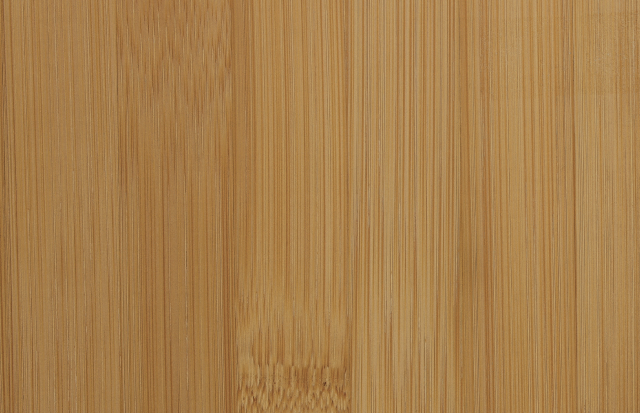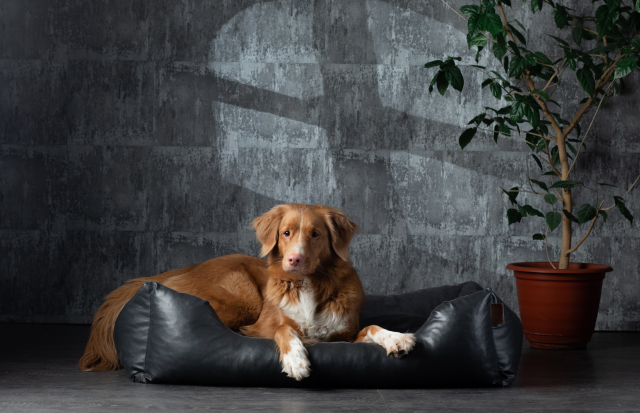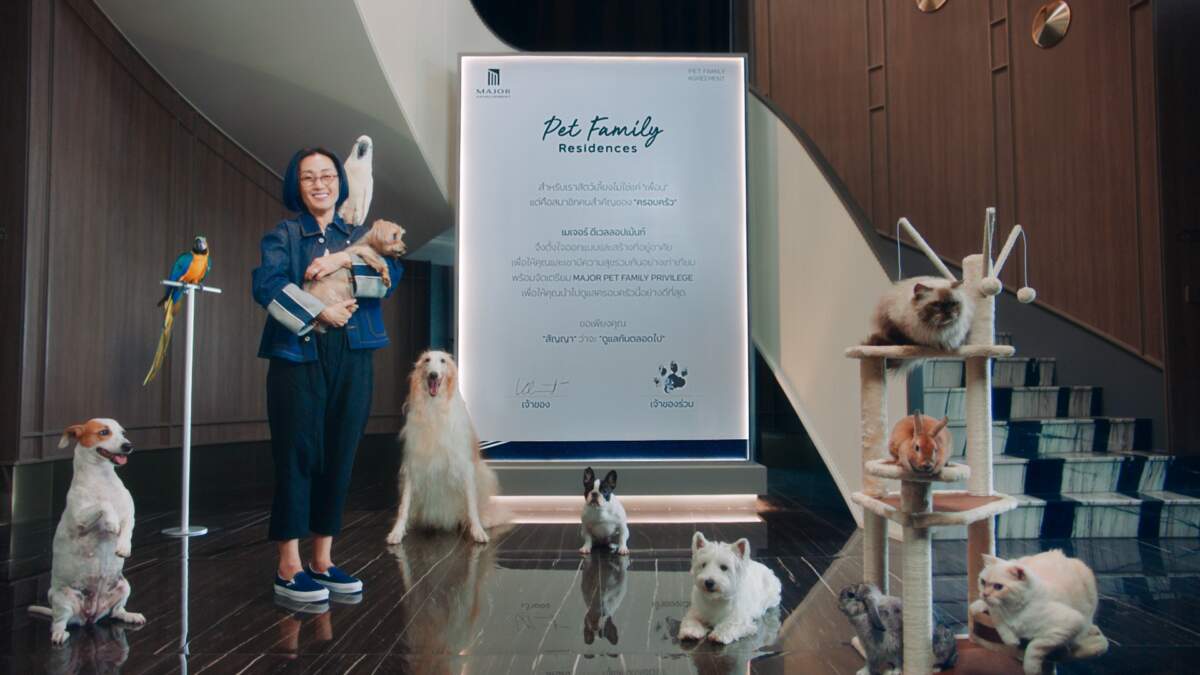pet-friendly materials
Pet-friendly materials: Pets can be rough on floors, walls, and furniture, so choose durable, easy-to-clean materials that can withstand scratches and stains. For example, consider using vinyl or tile flooring instead of carpet, and choose leather or microfiber furniture that can be wiped down easily.





